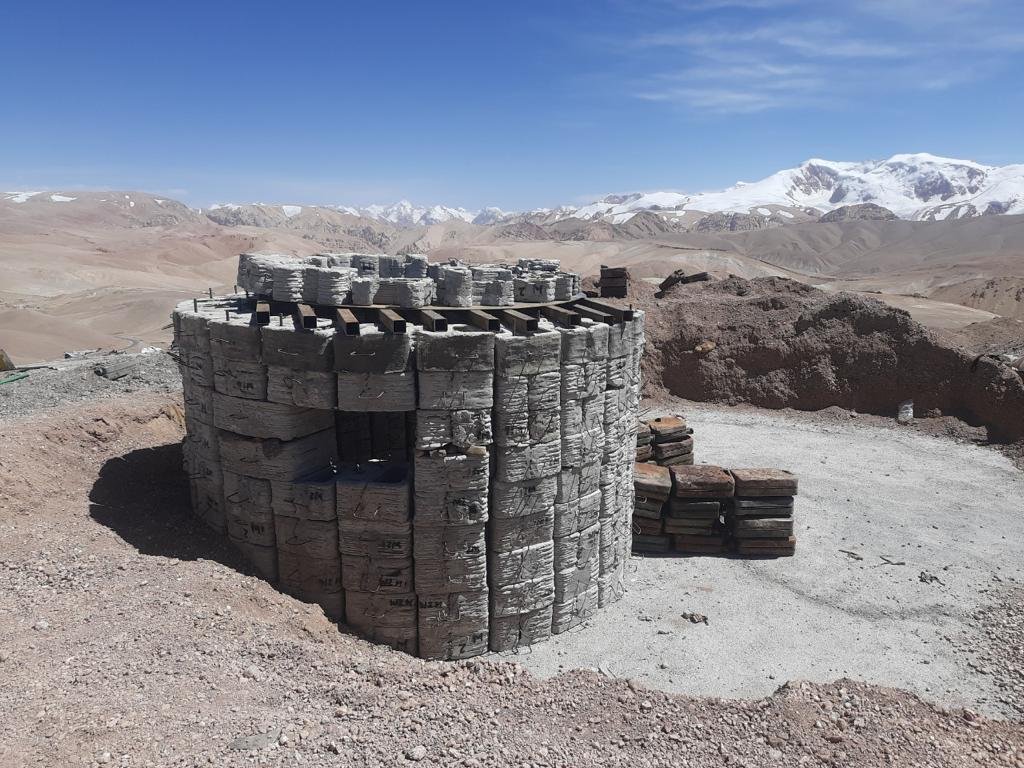
India is taking major strides to reinforce its border defenses in the challenging terrain of Arunachal Pradesh. The construction of technologically advanced bunkers at Sela Pass marks a shift in strategy, prioritizing soldier welfare and operational efficiency while utilizing sustainable energy solutions.
These new climate-controlled bunkers are engineered to withstand the extreme conditions of the Himalayan region. Powered by a combination of solar and geothermal energy, internal air conditioning systems maintain a comfortable environment for soldiers even when temperatures outside plunge as low as -30°C. This focus on well-being aims to enhance troop alertness and optimize combat readiness.
The Defence Research and Development Organisation (DRDO) has integrated features from “Project Dhruv" into the bunker designs, recognizing the need to mitigate the psychological stress of operating in harsh environments. These features aim to create a sense of calm and respite within the bunkers, fostering mental resilience amongst the soldiers.
In addition to these improvements, the Indian Army is investigating the potential of 3D-printed bunkers for rapid deployment along the Line of Actual Control (LAC). These compact shelters are designed to accommodate three soldiers and provide strategic vantage points for surveillance. Notably, reports indicate that 3D-printed bunkers could potentially withstand a direct hit from a main battle tank, significantly bolstering soldier protection.
The introduction of green-tech bunkers and innovative solutions like 3D printing exemplifies India's evolving border security strategy. The Indian Army strategically deploys diverse bunker types – including bulletproof bunkers, underground survival bunkers, and modular bunkers – to cater to the dynamic operational requirements along its frontiers.
